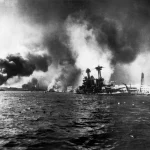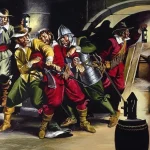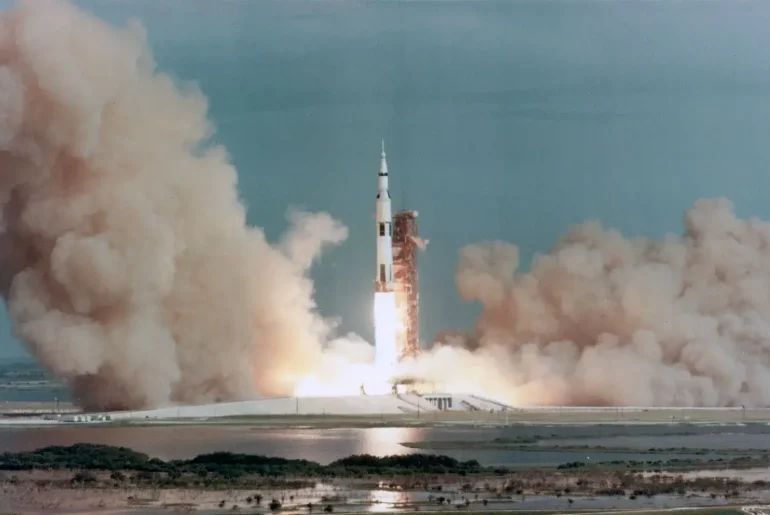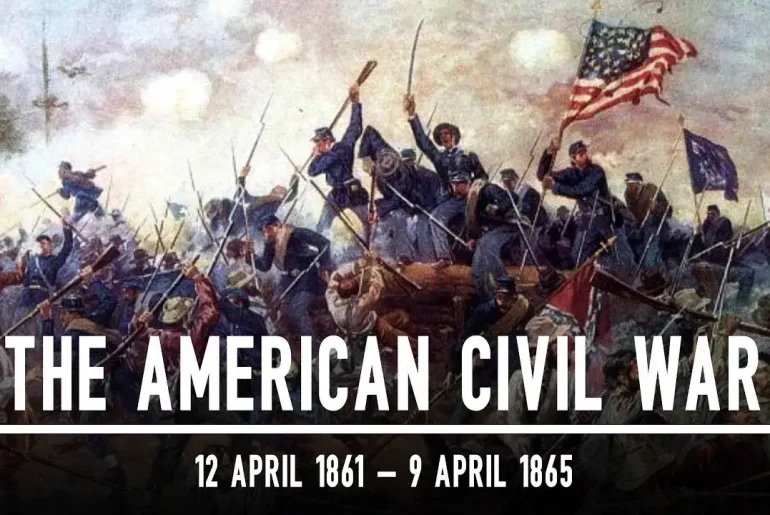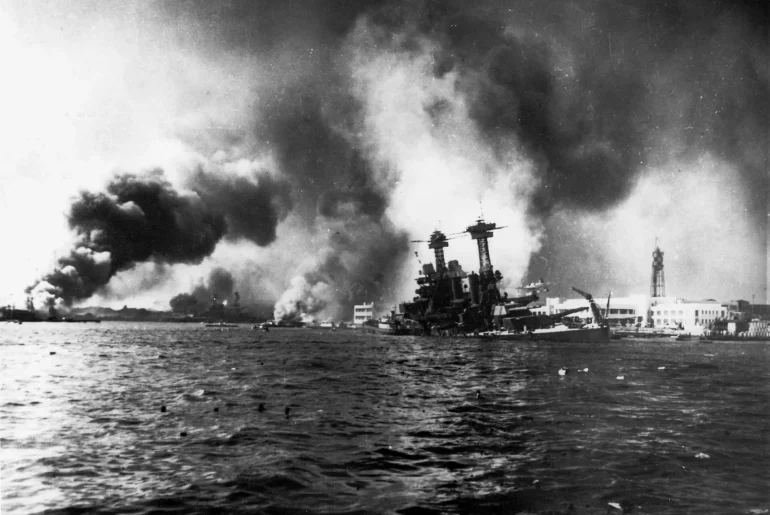1.
Charles Thomson – The Steadfast Secretary
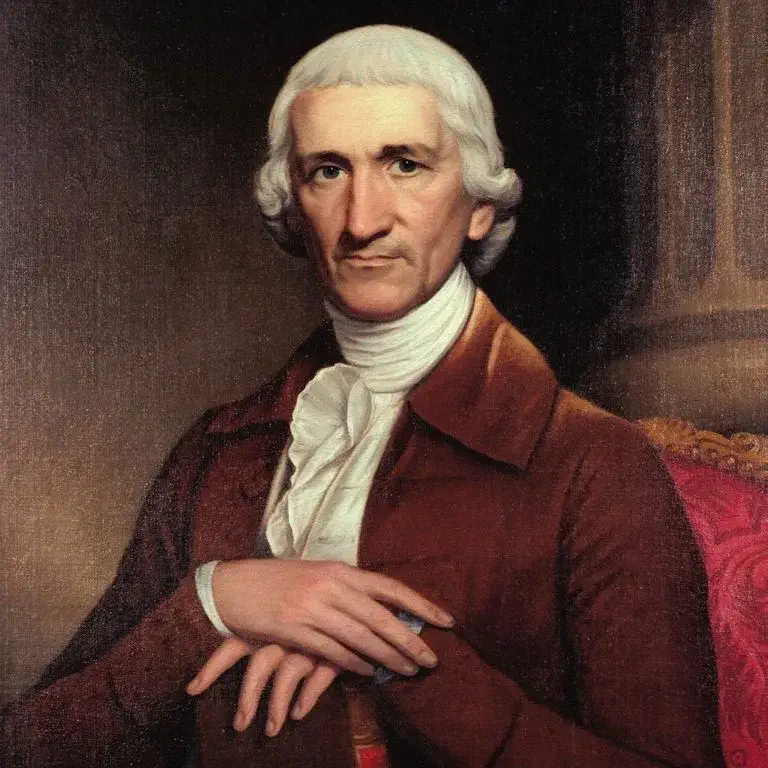
Irish-born Charles Thomson served as Secretary of the Continental Congress from 1774 to 1789. During this critical period, he kept meticulous records, co-designed the Great Seal of the United States—including its enduring mottoes—and was one of only two names featured on the first printed Declaration of Independence.
2.
Thomas Heyward Jr. – South Carolina’s Martyr
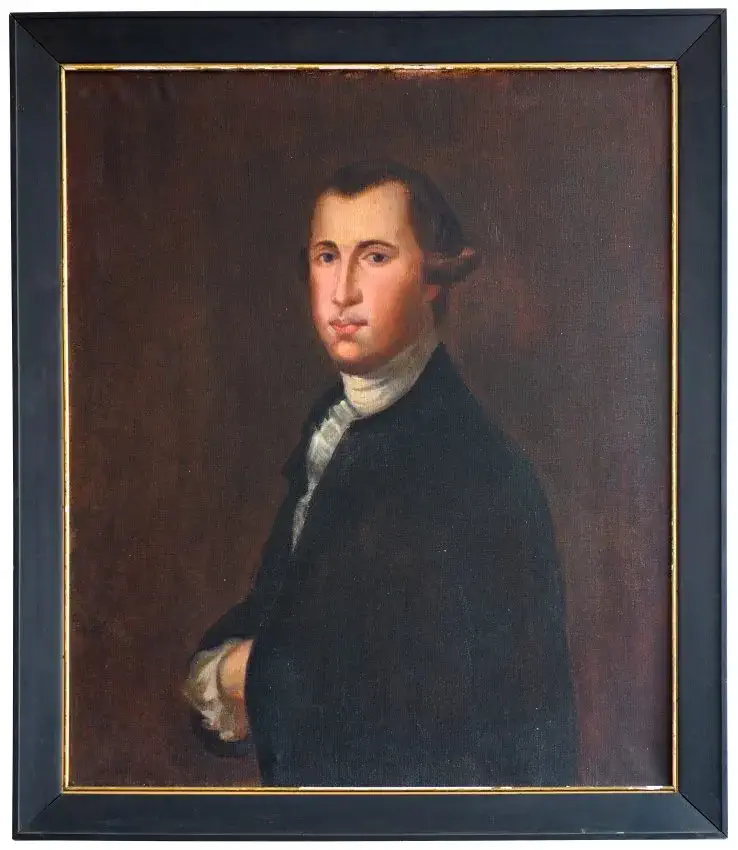
Thomas Heyward Jr., a lawyer and artillery captain, signed both the Declaration and the Articles of Confederation. Captured during the Siege of Charleston, he endured nearly 11 months imprisoned by the British. He lost hundreds of slaves—valued then at around $50,000—and was celebrated as a martyr for the cause .
3.
William Duer – Finance and Politics
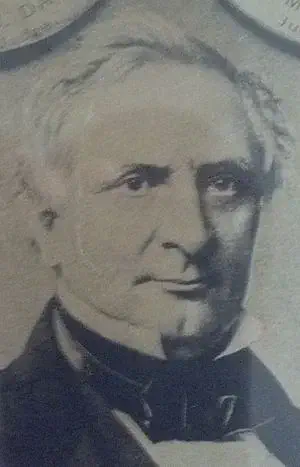
A British‑born New Yorker, William Duer served in the Continental Congress and was the first Assistant Secretary of the Treasury under Hamilton. He helped ratify both the Articles and Constitution as “Philo‑Publius.” However, post‑war, his speculative ventures ended in disaster—bankruptcy and imprisonment until his death in 1799
4.
Filippo Mazzei – The Idea Merchant

Filippo Mazzei, an Italian physician, was a close friend of Jefferson. In 1774, he published a pamphlet proclaiming that “All men are by nature equally free and independent”—a phrase Jefferson lifted almost verbatim for the Declaration.
5.
Haym Salomon – Patriot Financier
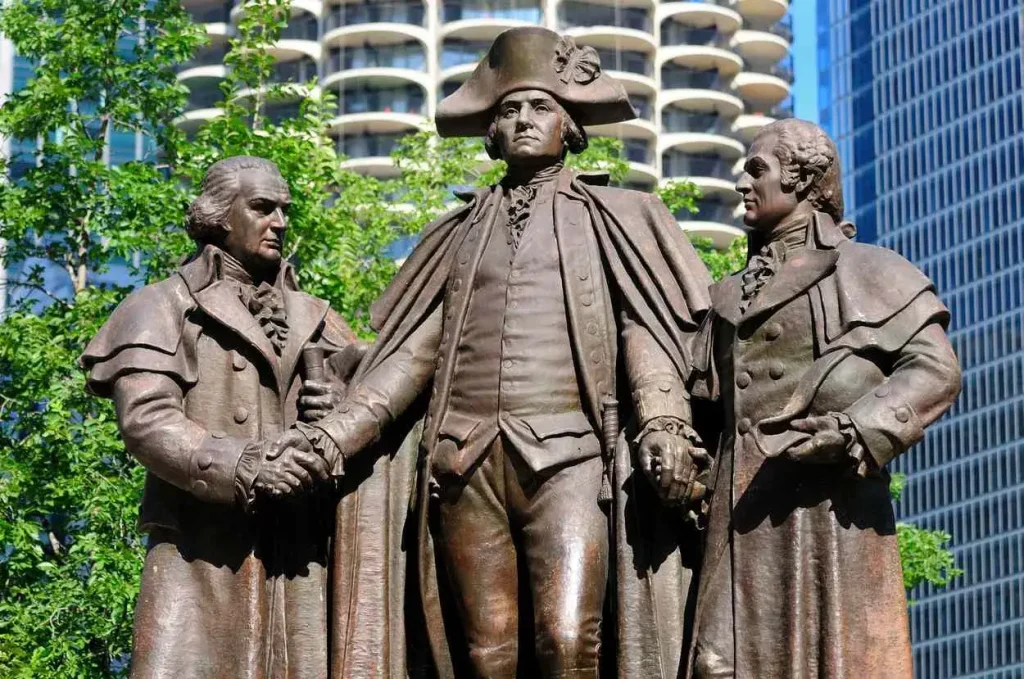
A Polish‑born Jewish immigrant, Haym Salomon worked as a broker in Philadelphia and played a clandestine role in finance and espionage. Imprisoned as a spy, he helped Hessian deserters and facilitated POW escapes. He later provided critical financial support to the Continental Congress from his personal funds
6.
Gouverneur Morris – “We the People” Penman
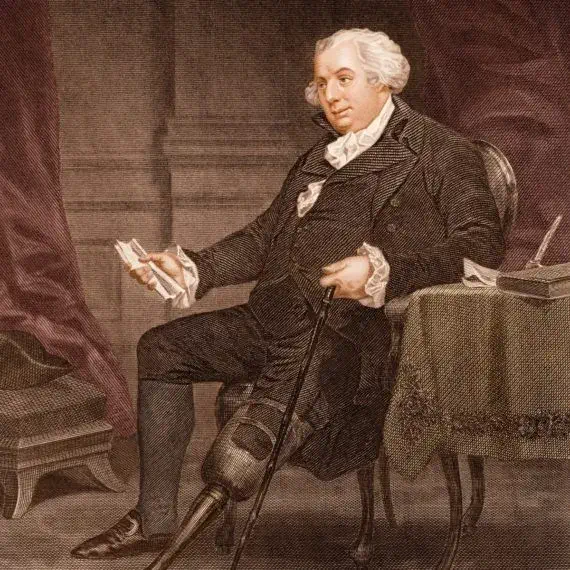
Architect of the Constitution’s iconic preamble, Gouverneur Morris drafted the text’s final form, including those opening words. Born with a wooden leg, he nonetheless played a central role in the 1787 Philadelphia Convention
7.
John Dickinson – Reluctant Rebel
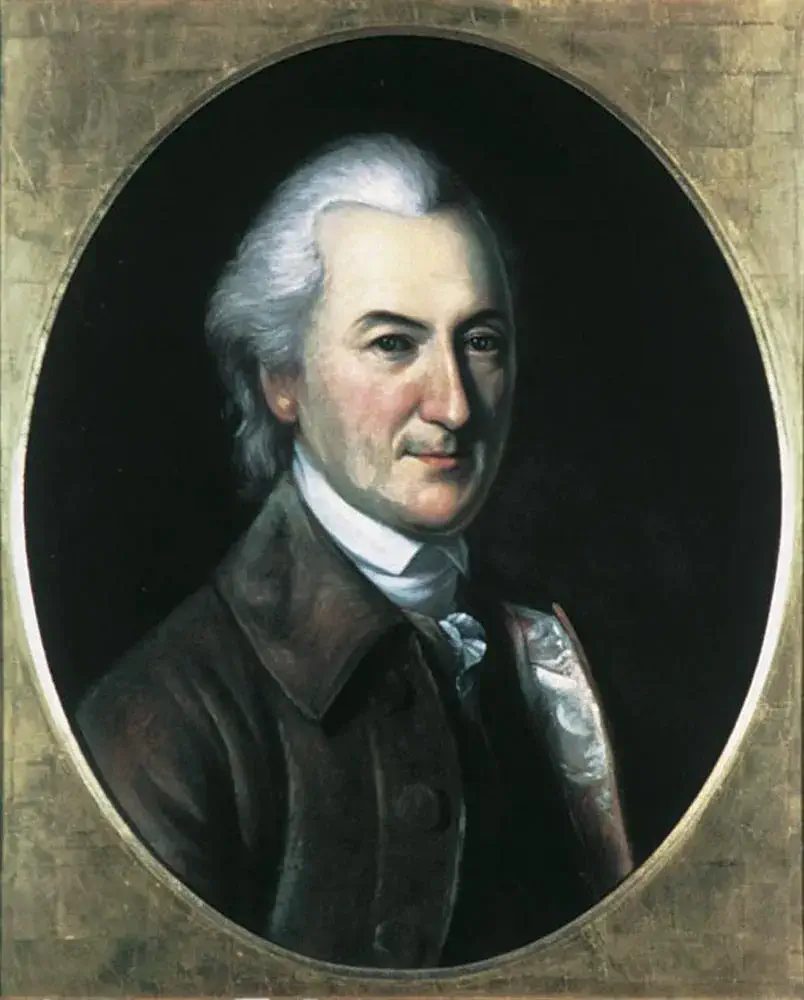
As the “Penman of the Revolution,” John Dickinson authored the influential Letters from a Farmer in Pennsylvania. He refused to sign the Declaration—citing caution—but later contributed to the Articles of Confederation and the Constitution
8. Roger Sherman – The Great Compromiser
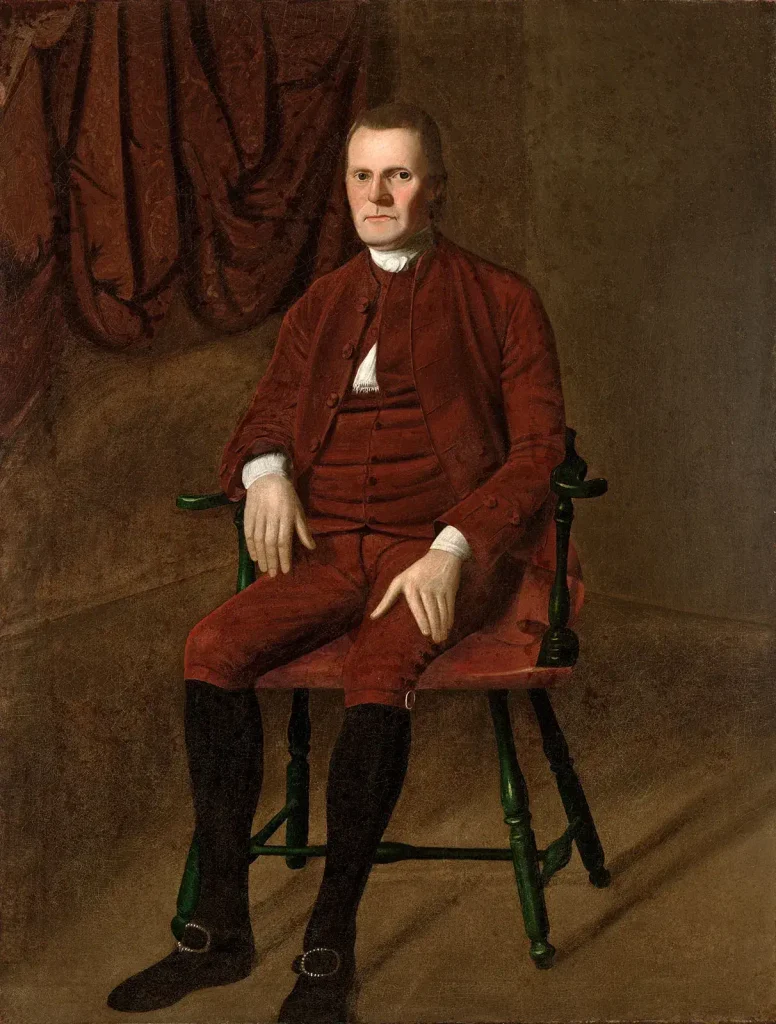
Roger Sherman was the only Founding Father to sign all three foundational documents: the Declaration, the Articles, and the Constitution. He engineered the famed “Great Compromise,” establishing the balance between congressional representation structures .
9.
Robert Morris – The Financier Behind Victory
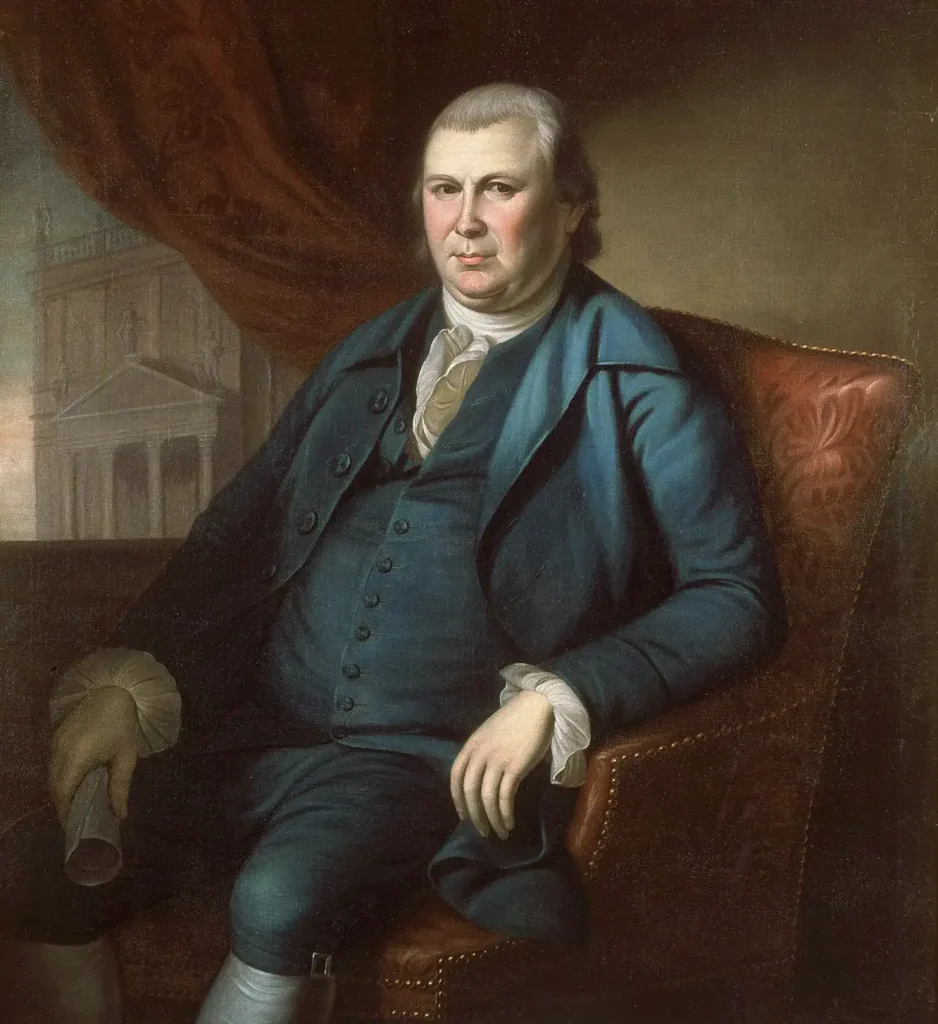
Often eclipsed by Hamilton, Robert Morris, a Philadelphia merchant, served as the Continental Congress’s Superintendent of Finance. He leveraged his personal wealth and credit to supply Washington’s troops. His post-war ventures, while ambitious, eventually left him bankrupt
10.
Mary “Molly Pitcher” Ludwig Hays – Woman of the Artillery

While not officially a Founding Father, Mary “Molly Pitcher” Hays became legendary at the Battle of Monmouth. She carried water to the frontlines—and when her husband fell, loaded a cannon in his place. Her heroism earned her a proxy sergeant’s title from George Washington himself

